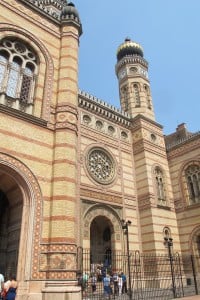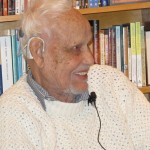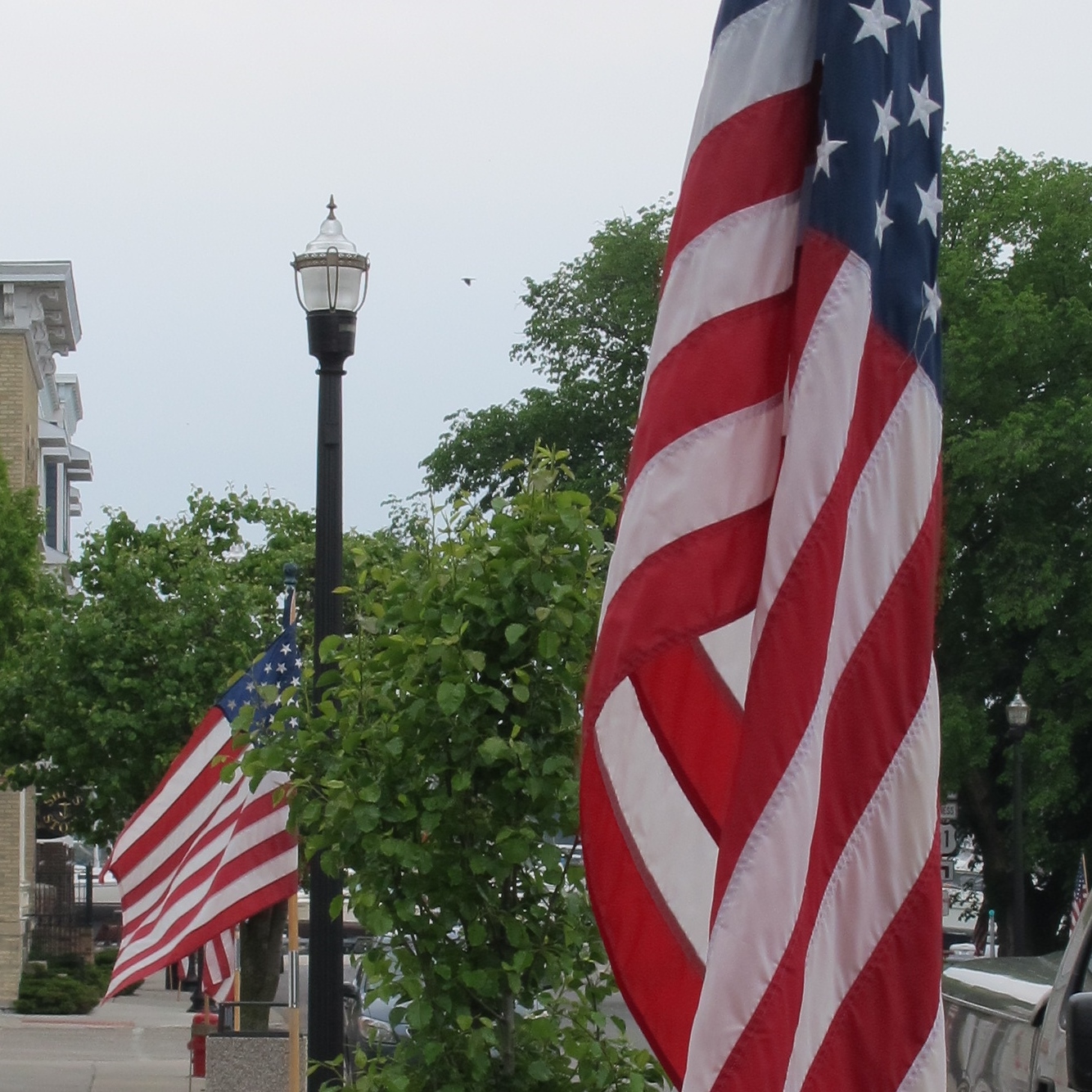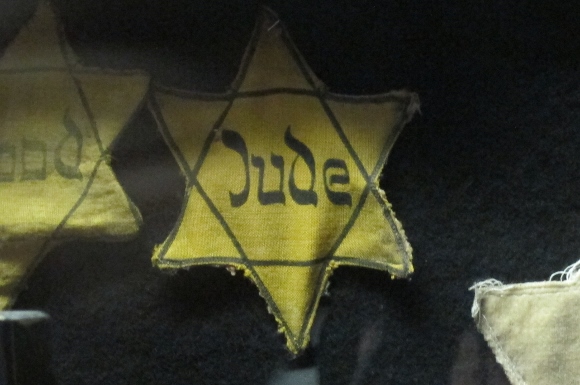
By Barbara Falconer Newhall
For three days – the entire train trip – the cattle car doors had been kept sealed. Several people had died, and there had been no way to remove their bodies. But, now, at last, the doors opened and a ramp was placed at the door. Ernie Hollander watched his mother walk down the ramp ahead of him. She held Ernie’s two youngest sisters in her arms, the five-year-old and the seven-year-old. A third sister, nine years old, walked alongside her mother.
It was 1944. Ernie and his family had arrived at Auschwitz. Ernie was seventeen years old and on his coat he wore a large yellow Star of David. His mother had sewn it there for him. He and his family had traveled the three days without food in the crowded cattle car from the family’s home in Iloshvo, a town in the Carpathian Mountains in what was then Hungary.
At the bottom of the ramp, an official motioned Ernie’s three sisters to the left — and their mother to the right.
“My mother could have saved herself,” said Ernie. “She was still young. She was in her
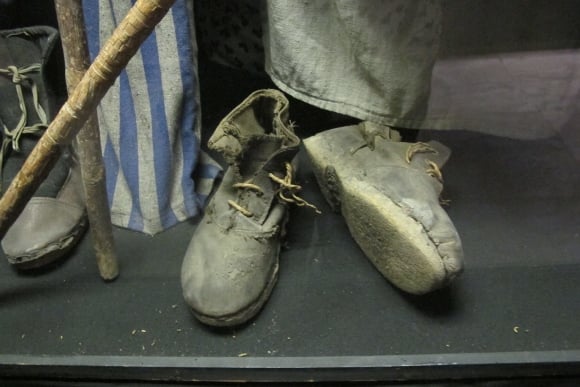
thirties. She could work.” Ernie’s father and brothers could also work. But the three small girls were too young to be of much use to the Third Reich. The guard told them to go to the left.
Ernie’s mother refused to be separated. “I don’t want to give up my children,” she protested. And she went to the left with her daughters.
“She didn’t know what means left,” Ernie told me. “But I know in my heart that if my mother would know what’s happening on the left, she would still not give up the children. Which mother would give up children? And she went with the children to the left. Five minutes later they were dead.”
“At that time we didn’t know,” Ernie said. “But the people who were working in the crematoriums and the gas chambers were Jewish people. After a few days we asked, ‘Do you know what happened to these people who went to the left?’
“They said, ‘You see that chimney over there where the smoke comes out? They were
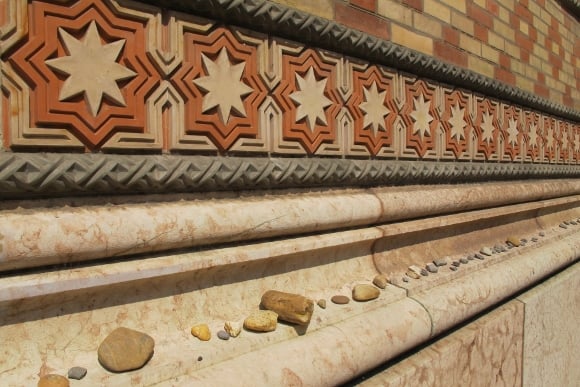
dead a half an hour after they arrived. That’s where they killed all the people who went to the left.’ And only then you found out that there were gas chambers.”
I met Ernie Hollander in the course of researching my book “Wrestling with God: Stories of Doubt and Faith.” After the war, Ernie migrated to Oakland, California, where he was active in his synagogue, Congregation Beth Jacob. He died in 2002 at the age of seventy-seven.
If this story resonated with you, you might wish to read “Atticus Finch, Meet Mother Emanuel.” Also, “Can a Christian Say Kaddish for Her Jewish Aunt?”\
